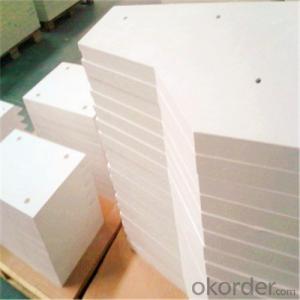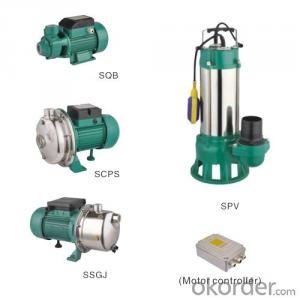Install Solar Inverter
Install Solar Inverter Related Searches
Ac Inverter For Solar Panels Solar Panel With Ac Inverter Gas Furnace With Ac Panda Hot Water Bottle Cover Minion Hot Water Bottle Cover Abb Solar Water Pump Inverter Solar Water Pump Philippines Extra Long Hot Water Bottle Solar Panel Dc To Ac Inverter Old Fashioned Hot Water BottleHot Searches
Geogrid Fabric Price Geogrid Fabric Home Depot Cost To Install Frp Panels Geotextile Fabric Cost Per Square Foot Geogrid Fabric Near Me Textilene Fabric Suppliers Uk Cost To Install Hardwood Floors Coal Prices 2015 Type Of Inverter For Solar Types Of Inverter For Solar Used Solar Inverter For Sale Inverter Size For Solar System Solar Edge Inverter For Sale 5kw Solar Inverter For Sale Solar Inverter For Sale Solar Inverter For Battery Solar Inverter For Split Ac Solar Inverter For Laptop Solar Inverter For Fridge Solar With Inverter PriceInstall Solar Inverter Supplier & Manufacturer from China
Okorder.com is a professional Install Solar Inverter supplier & manufacturer, offers integrated one-stop services including real-time quoting and online cargo tracking. We are funded by CNBM Group, a Fortune 500 enterprise and the largest Install Solar Inverter firm in China.Hot Products
FAQ
- To choose the right size solar inverter for a specific solar power system, you need to consider the capacity of your solar panels, the maximum power output they can generate, and the electrical load you intend to connect to the inverter. Matching the inverter's capacity with the total power output of your panels ensures optimal performance and prevents overloading. It's also crucial to consider any future expansions or changes in energy requirements to select an inverter that can accommodate potential growth. Consulting with a professional or using online calculators can help determine the appropriate size for your solar inverter.
- Yes, a solar inverter can be used with a solar-powered lighting system. The solar inverter is responsible for converting the direct current (DC) produced by the solar panels into alternating current (AC) that is used to power the lighting system. This allows the solar-powered lighting system to operate efficiently and effectively.
- A solar inverter communicates with other components of a solar power system through various communication protocols such as wired interfaces like RS485 or Ethernet, and wireless technologies like Wi-Fi or Zigbee. These communication channels enable the inverter to exchange data and information with other components such as solar panels, batteries, and monitoring systems. This communication allows for real-time monitoring, control, and coordination of the system, optimizing its performance and ensuring efficient energy production and management.
- Yes, a solar inverter can be used with different types of solar panels as long as the voltage and current specifications of the panels are compatible with the inverter.
- Yes, a solar inverter can be used with a solar tracker system. In fact, using a solar inverter with a solar tracker system can enhance the overall efficiency and performance of the system. The solar inverter converts the direct current (DC) generated by the solar panels into alternating current (AC) that can be used to power electrical appliances or be fed into the grid. This AC power can then be easily integrated with the solar tracker system to continuously adjust the position and alignment of the solar panels to maximize their exposure to sunlight. Overall, combining a solar inverter with a solar tracker system can optimize the energy generation and increase the overall output of the solar power system.
- Yes, a solar inverter can be used with a solar-powered vehicle. The solar inverter is responsible for converting the DC power generated by the solar panels into AC power that can be used to power various devices and components in the vehicle, such as the motor, lights, and electronics.
- Yes, a solar inverter can be used with a wind turbine. Both solar panels and wind turbines generate DC (direct current) electricity, which needs to be converted to AC (alternating current) to be used in most household appliances and the electrical grid. A solar inverter is designed to convert DC electricity from solar panels into AC electricity, and it can also be used to convert the DC electricity generated by a wind turbine into AC electricity. However, it is important to note that wind turbines usually generate higher voltage and fluctuating currents compared to solar panels, so the inverter used with a wind turbine may need to be specifically designed to handle these variations. Additionally, wind turbines often have their own specialized inverters that are optimized for their unique electrical characteristics.
- Yes, a solar inverter can be used in regions with high levels of air pollution. The performance of the solar inverter may be slightly affected due to the reduced sunlight reaching the solar panels, but it can still convert the available solar energy into usable electricity. Regular maintenance and cleaning of the solar panels may be required to mitigate the impact of air pollution on their efficiency.















































